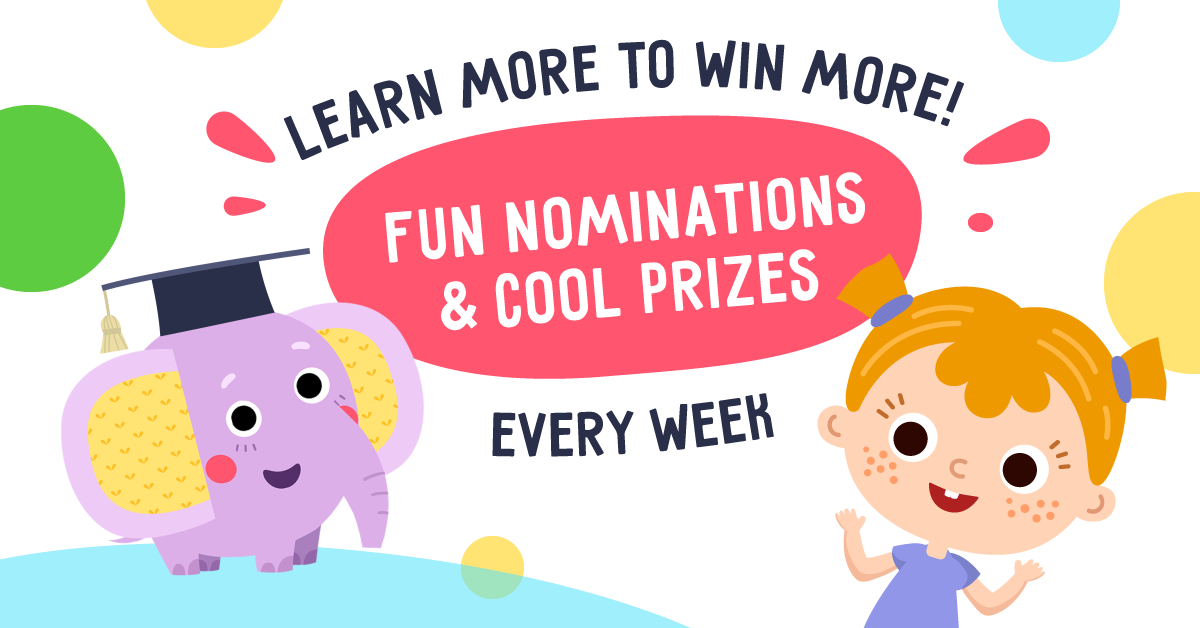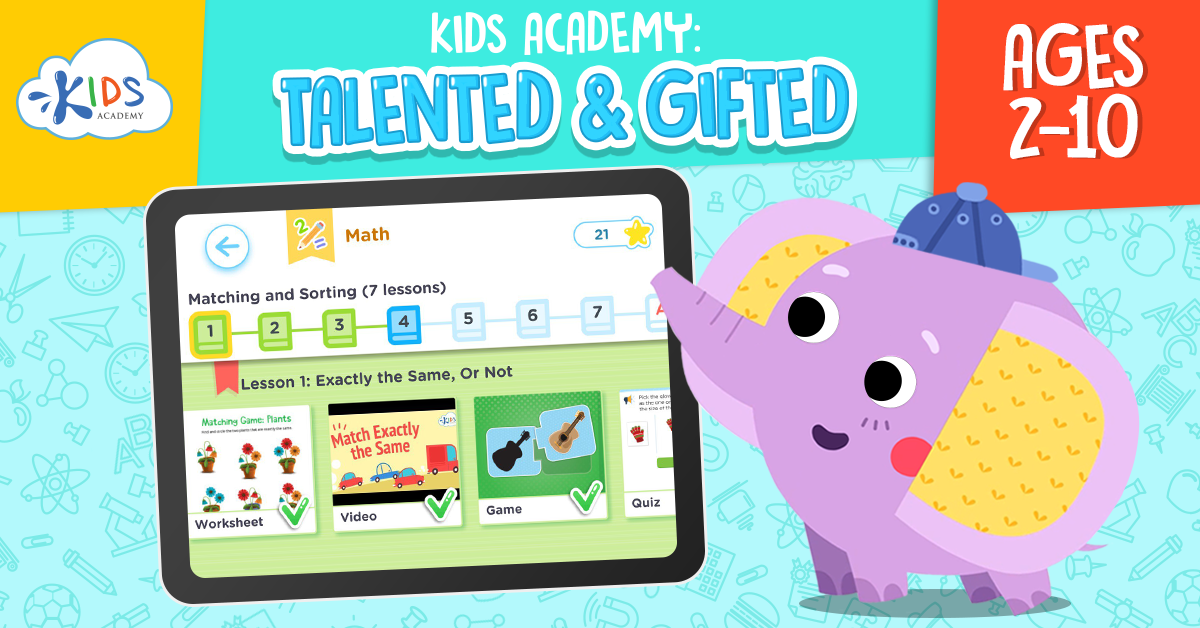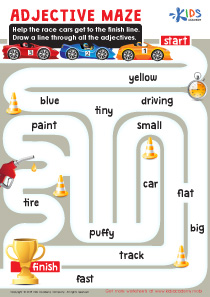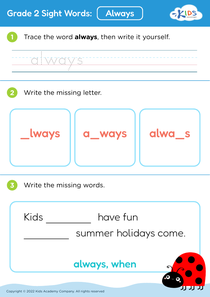Alphabet worksheets activities for Grade 2
2 filtered results
-
From - To
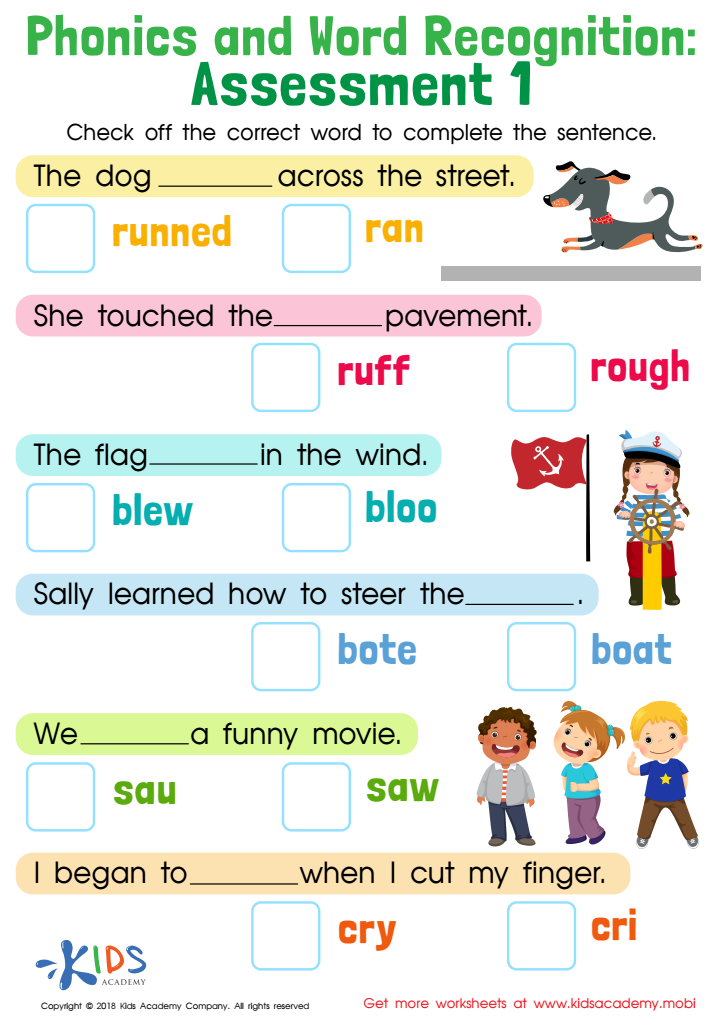

Phonics and Word Recognition: Assessment 1 Worksheet
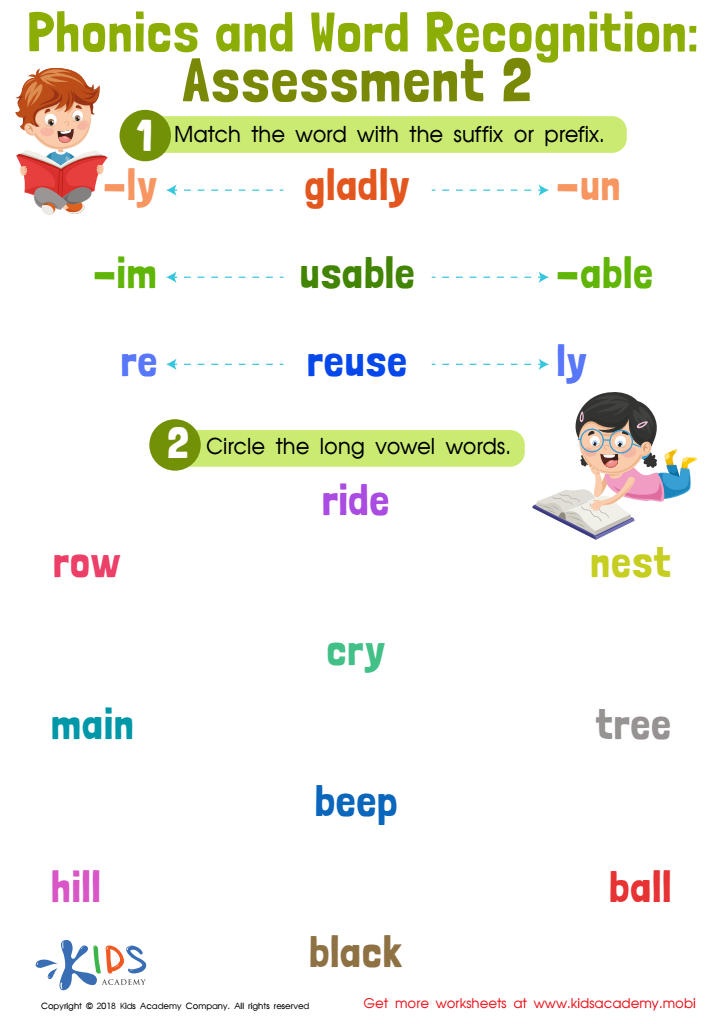

Phonics and Word Recognition: Assessment 2
Alphabet worksheets activities for Grade 2 are an invaluable tool in the foundational phase of literacy development. These engaging and educational resources serve as a bridge between the basic understanding of letter recognition and the more complex skills of reading and writing that students are beginning to explore at this level. Here’s why they are particularly useful:
-
Reinforces Letter Recognition: At Grade 2, children are expected to have a basic understanding of the alphabet. Alphabet worksheets activities provide a structured way to reinforce this knowledge, ensuring that students can recognize and differentiate between various letters, an essential skill for reading.
-
Enhances Fine Motor Skills: Through activities such as tracing letters, coloring, and writing, students improve their hand-eye coordination and fine motor skills. These are crucial for the development of neat handwriting and the ability to perform other tasks requiring precision.
-
Builds Phonemic Awareness: These worksheets often include exercises that link letters to sounds, which is a foundational aspect of phonics. By working through alphabet worksheets, Grade 2 students enhance their ability to connect letters to their corresponding sounds, a skill critical for reading proficiency.
-
Supports Vocabulary Development: Incorporating vocabulary into alphabet worksheets activities allows students to expand their word bank. This not only aids in reading comprehension but also in expressive language skills, as students learn new words and how to use them in context.
-
Encourages Independent Learning: Alphabet worksheets are designed to be student-friendly, enabling children to work through them with minimal assistance. This fosters a sense of independence and confidence in their abilities, encouraging a positive attitude towards learning.
-
Provides Assessment Opportunities: Teachers can use these worksheets to assess students’ understanding of the alphabet, identify areas of weakness, and tailor future instruction to meet the needs of their class.
In conclusion, Alphabet worksheets activities for Grade 2 are not just about learning the ABCs; they are a multifaceted educational tool that supports overall literacy development. By engaging with these activities, students build a strong foundation in reading and writing, setting the stage for academic success in all subject areas.

 Assign to the classroom
Assign to the classroom


